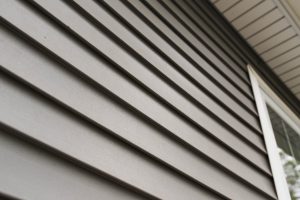Siding, in conjunction with the roof, protects your home and its residents from the harsh elements that Mother Nature can throw at them. It’s very good at keeping your home safe from extreme heat, cold, rain, and snow.
Siding also improves the appearance of your property. If you live in a region where the weather is harsh throughout the year, or just want to improve the aesthetic of your home, siding should be installed. Fortunately, there are many different types of residential siding to choose from. This article examines two of the most prevalent forms of home siding.

Vinyl
Because of its adaptability, durability, low cost, and little upkeep, vinyl siding has become quite popular among homeowners. It also comes in a variety of colours and patterns, including as shingles, shakes, fish scales, lap, horizontal panels, vertical panels, and beaded patterns. Stones, shingles, and other natural materials can all be imitated with this synthetic substance.
Horizontal, vertical, and shingle profiles are the three most common types of vinyl siding. Flat profiles consist of thin strips arranged horizontally in a row, and vertical profiles consist of thin stripes arranged vertically in a row. Shingles are thin, light plates with sharp edges that overlap each other slightly.
Metal
Metal siding is preferred by some homeowners because to its strength and longevity. Most alternative materials will outlast your metal siding. This is due to the fact that it will not rot or mould as a result of water damage. It’s easy to paint and its colours don’t fade rapidly. Metal is also resistant to pest infestations and does not deform or buckle. Aluminum and steel are the most frequent metals used for residential siding. Both have advantages and disadvantages that you should be aware of before installing either.
